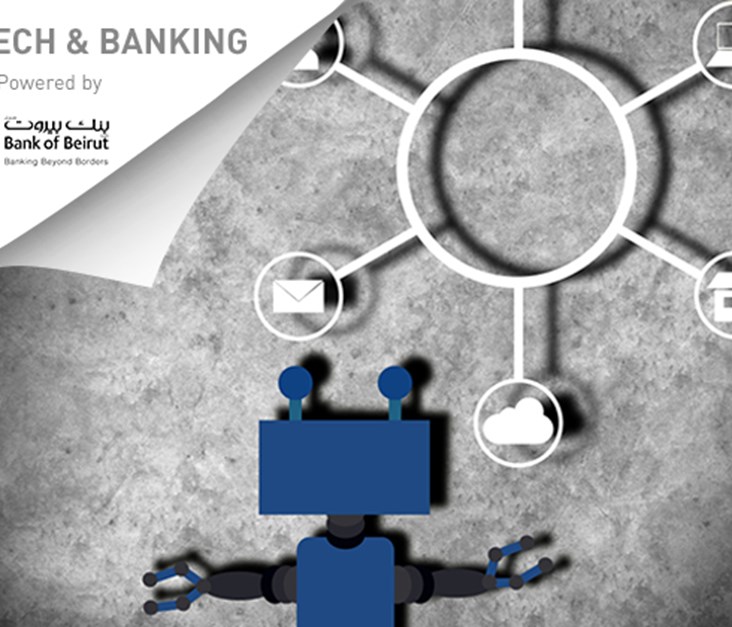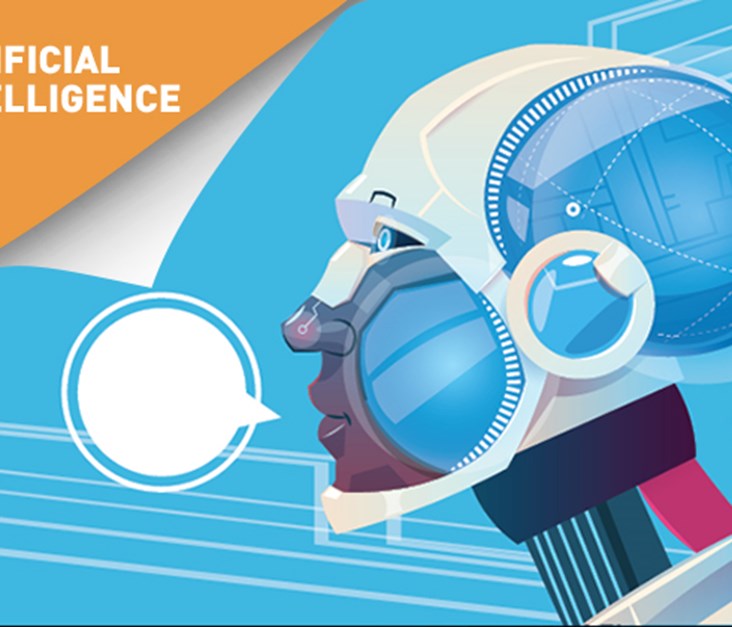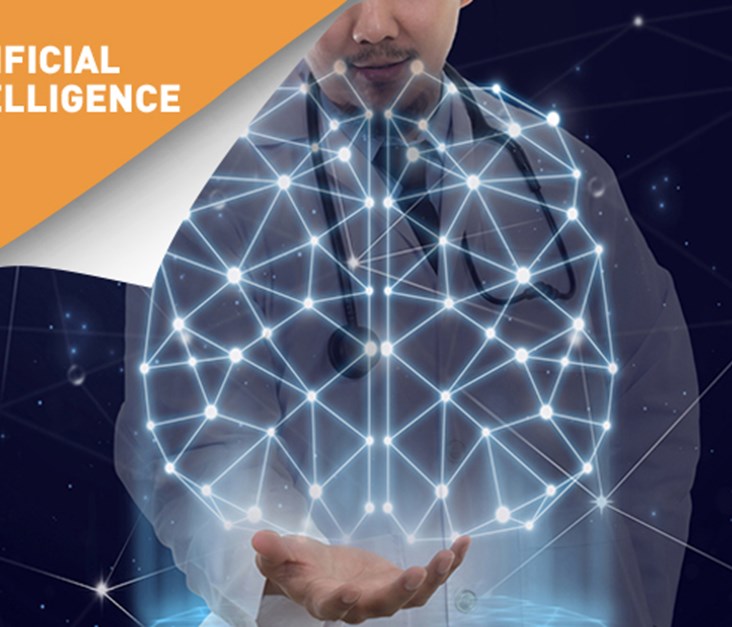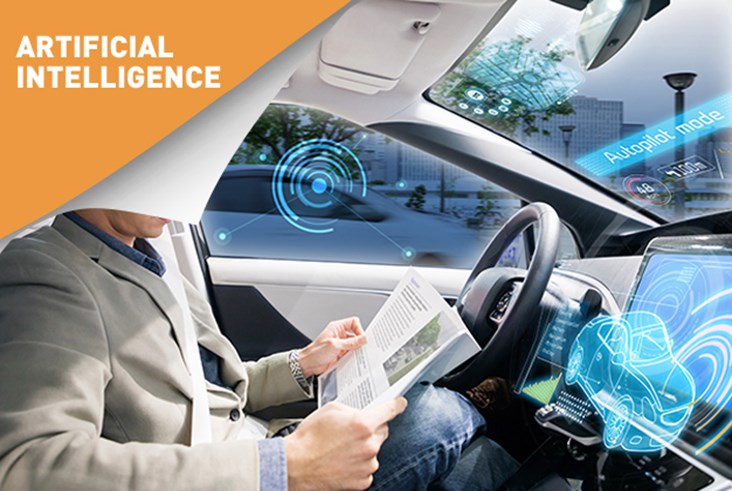
Ever since artificial intelligence made its way to the automotive sector, the industry has been transforming drastically, bringing about some of the most innovative auto tech features to date.
Autonomous Vehicles
With the release of a fully autonomous car inching its way to existence, it is important to point out the importance of AI technology in making such a feat come true.
Computer Vision
AI provides vehicles with “computer vision” which enables vehicles to identify various objects, scenes, and activities in unconstrained environments. This feature operates upon a combination of cameras, radar sensors, and LIDAR units. The vehicle’s computing power, made up of complex machine learning algorithms makes up the vehicle’s AI. The machine learning algorithms are based on object tracking and sophisticated pattern recognition applied to input from computer vision.
“Computer vision” constantly analyzes the environment and feeds perceived images into the algorithms. The images are then analyzed and the nature of the objects is classified through AI. These algorithms give the vehicle ‘intelligence’, allowing the vehicle to learn object characteristics such as movement, size and shape in order to classify future images with higher accuracy.
Connected Cars
AI enables cars to communicate with one another and with the road infrastructure. By handling back-end computations, AI will deliver accurate and timely data, whereas ML algorithm will be tracking and registering data related to the vehicle’s speed, location, and destination. AI will learn the driver’s daily schedule, the roads they usually take, and their habitual stops to provide the driver with insights before their commute.
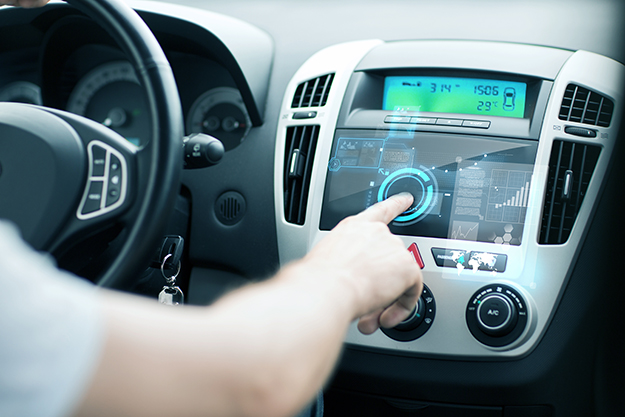
Infotainment Systems
These systems include the most innovative in-vehicle features like speech recognition and virtual assistants.
Speech Recognition
Speech recognition provides an easier way for humans to interact with technology and in this case, providing the interaction between drivers and their cars. How does it work? AI interprets voices as sound waves that are converted into code which the algorithms then analyze. Further to that, the speech is compared to other samples stored in the cloud to determine what the user is saying. The speech recognition software will immediately start to update speech samples the more the driver uses it, taking into account how specific words are pronounced and the tone of the driver’s voice.
The technology’s capability of learning a distinct accent and pronunciation of words also provides outstanding accuracy and precision. AI also helps speech recognition technology recognize speech context and tone.
Virtual Assistants
The advancements in speech recognition have paved the way for in-vehicle virtual assistants. At first, drivers were very limited with what they could do with speech recognition technology, but today, virtual assistants allow drivers to ask for directions, get general information and even adjust their seating position and A/C settings. By learning driver preferences, habits, routines and even tracking the user’s location, route and destination, virtual assistants can make recommendations on-the-go. It can remind its users to pick up items on their way home, recommend restaurants in their area or even place their coffee order while they’re on their way to their local coffee shop.
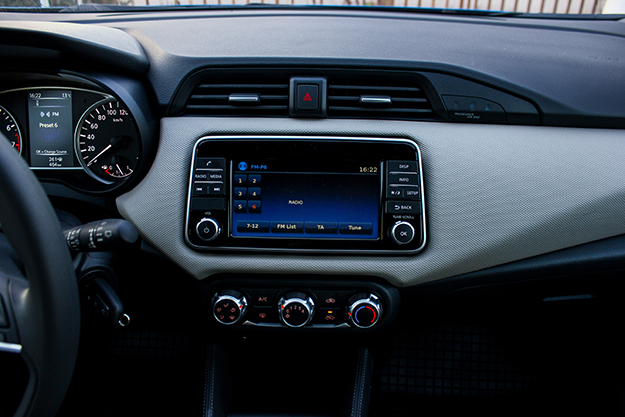
When AI Meets Healthcare
Stay tuned for the next installment of Artificial Intelligence: A Force Disrupting Many Sectors next Tuesday to learn more about how AI is impacting the healthcare sector.
Latest Business
Intelligence Report











